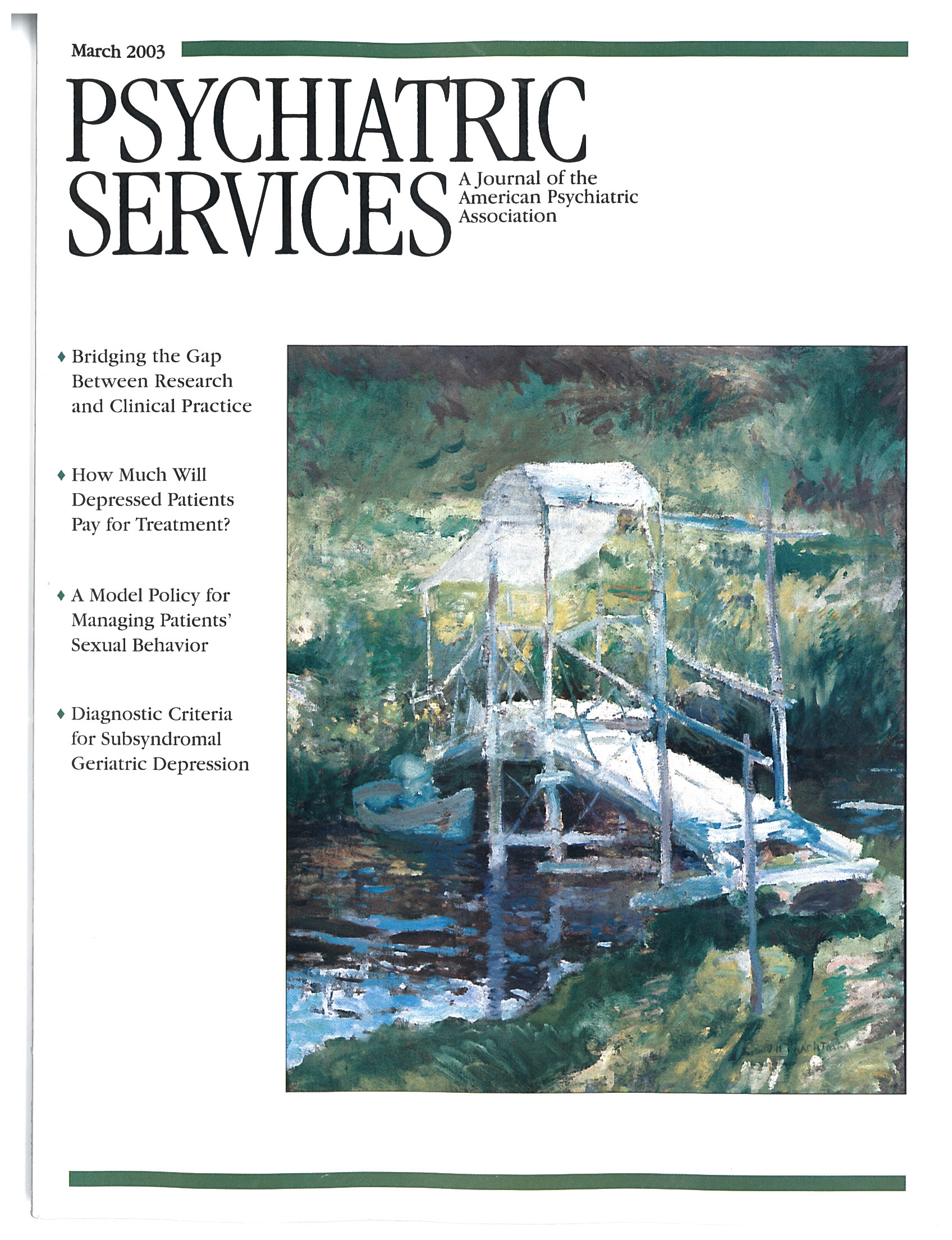Case Managers' Perspectives on Critical Ingredients of Assertive Community Treatment and on Its Implementation
Abstract
OBJECTIVE: The authors sought to identify case managers' perspectives on the critical ingredients, therapeutic mechanisms of action, and gaps in implementation of the critical ingredients of assertive community treatment. METHODS: Seventy-three assertive community treatment teams that attended the 1997 National Assertive Community Treatment Conference rated the degree to which 16 clinical activities were beneficial to clients and rated the importance of 27 possible critical ingredients of the ideal team as well as the extent to which each ingredient characterized their team. RESULTS: At least 50 percent of the teams rated 24 of the 27 critical ingredients as "very important." Having a full-time nurse on the team was rated as the most important ingredient, and medication management was rated as the most beneficial clinical activity. The ratings of teams from urban and rural settings were highly correlated. Critical elements that the teams reported as being the most underimplemented included the presence of a full-time substance abuse specialist, a psychiatrist's involvement on the team, team involvement with hospital discharge, and working with a client support system. CONCLUSIONS: Case managers strongly endorsed the team approach as well as medical aspects of assertive community treatment. Despite broad consensus on the critical ingredients of the ideal assertive community treatment team, several important ingredients appear to be consistently underimplemented.



